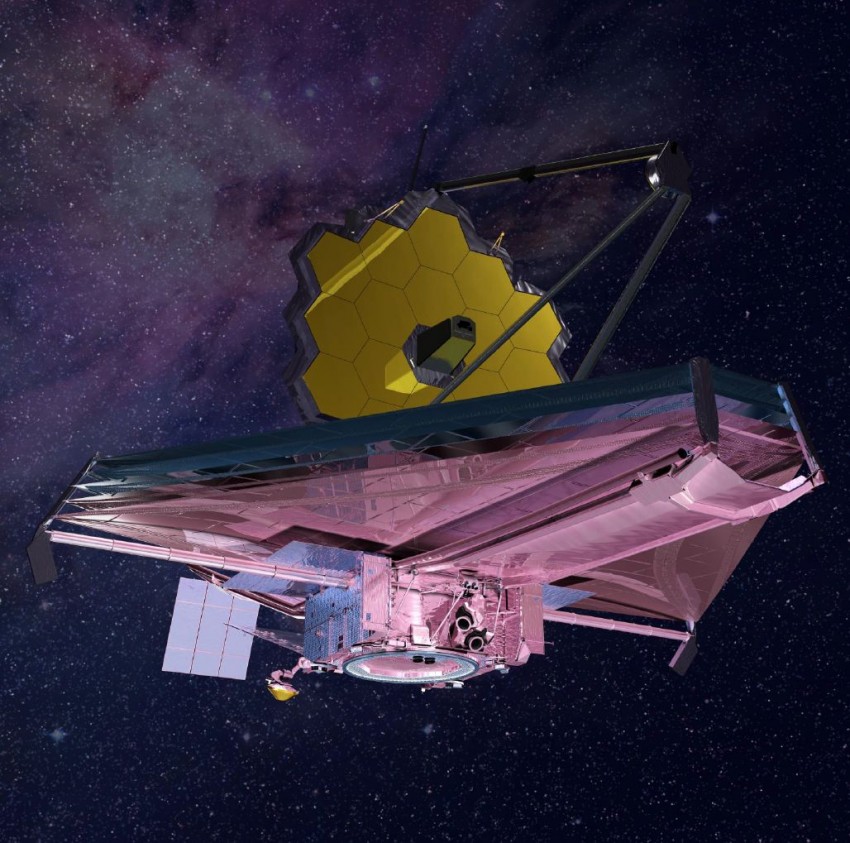Suffice it to mention that we are talking about a perfectly ordered solid from afar, while up close we are talking about a chaotic arrangement of particles resembling a freely falling liquid frozen in time. These materials are referred to as amorphous solids. The results for one of them have been handled by scientists from the University of California, Berkeley.
Read also: recycled photovoltaic cells. The Chinese show what ecology means
They write about the conclusions drawn on the pages Proceedings of the National Academy of Sciences. This condition has been observed at the interface between the temperatures of supercooled liquids and solids, where the static particles are excited and, although not moving, exhibit a kind of vibration.
There are usually three states of matter, namely liquids, gases, and solids. Relationships between molecules and the environment are used to define them. However, keep in mind that it can get really complicated. For example, superheated atoms can cause their charges to decay and form plasmas. However, some particles can turn into a quantum blur after being cooled.
The aggregation state of matter observed in the two-dimensional matter appears to be a kind of transition between the solid and liquid states
Whereas molecules in solids usually make predictable contacts with their neighbors, amorphous solids are characterized by the disordered arrangement of liquids. In an attempt to answer questions related to this issue, members of the research team carried out calculations and simulations. And they were also able to prove that transitions between different states of matter are not necessarily 100%. In other words, particles that exist between the liquid state and the supercooled state may be involved.
A supercooled liquid has zero atomic flux, but the molecules keep changing their configuration even when they are not moving. And this is associated with their excitement. The researchers decided to consider these excitations as defects in the crystalline solid and focused on what happens to it when changes in temperature occur.
Read also: China has tested the most powerful cannon of this type on Earth. It will be bigger soon
As they showed, bound excitation pairs become unbound at the initial temperature. As a result, the material loses its solidity and behaves as if it were a liquid. So far, experiments have only been done with two-dimensional materials, but soon researchers want to better understand how transformation occurs in three dimensions. Thanks to further analyses, it may turn out that the world around us can surprise us even in the context of quite basic issues. If you can find such “oddities” even on Earth, how many surprises does the Universe still hold for us?

Echo Richards embodies a personality that is a delightful contradiction: a humble musicaholic who never brags about her expansive knowledge of both classic and contemporary tunes. Infuriatingly modest, one would never know from a mere conversation how deeply entrenched she is in the world of music. This passion seamlessly translates into her problem-solving skills, with Echo often drawing inspiration from melodies and rhythms. A voracious reader, she dives deep into literature, using stories to influence her own hardcore writing. Her spirited advocacy for alcohol isn’t about mere indulgence, but about celebrating life’s poignant moments.






